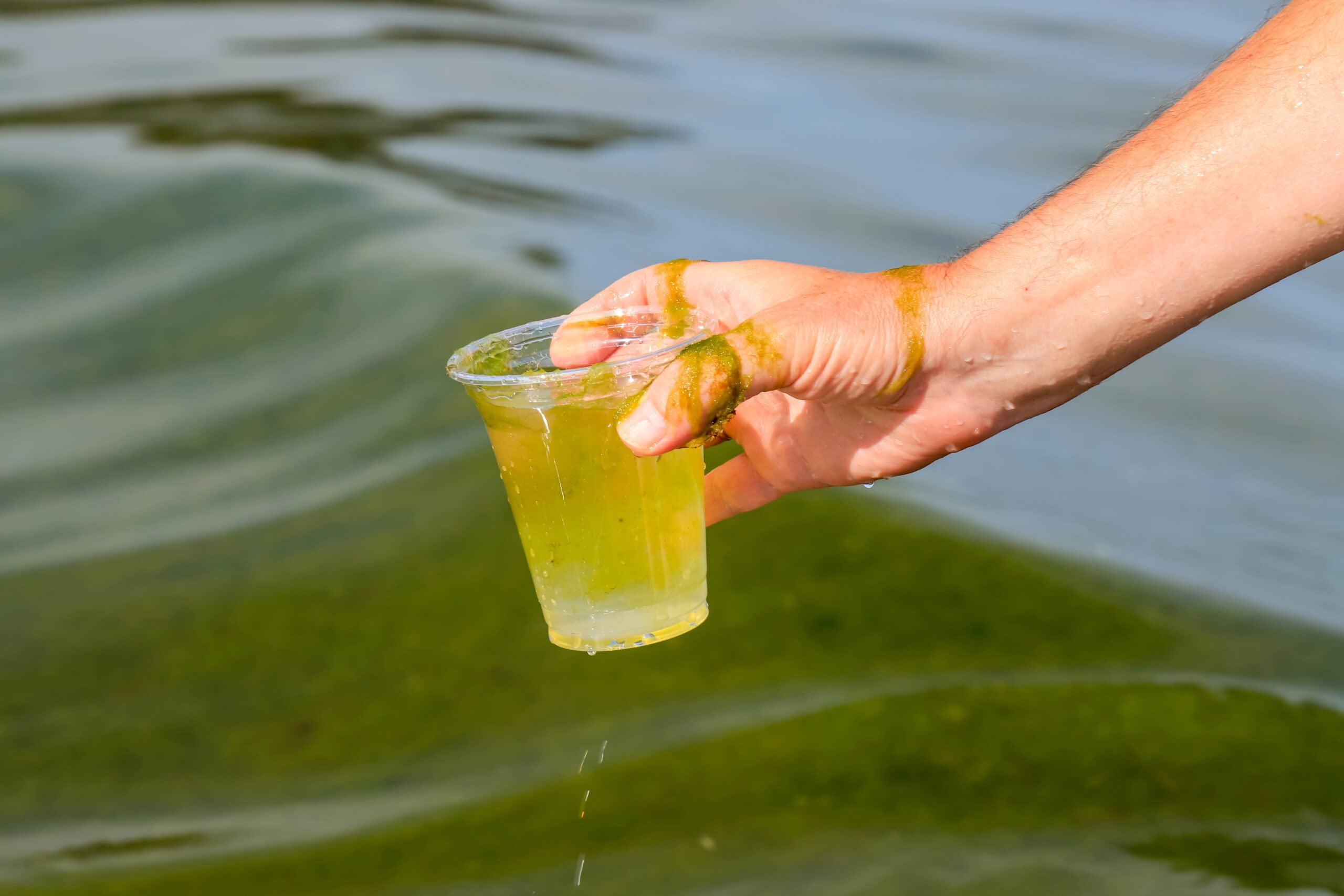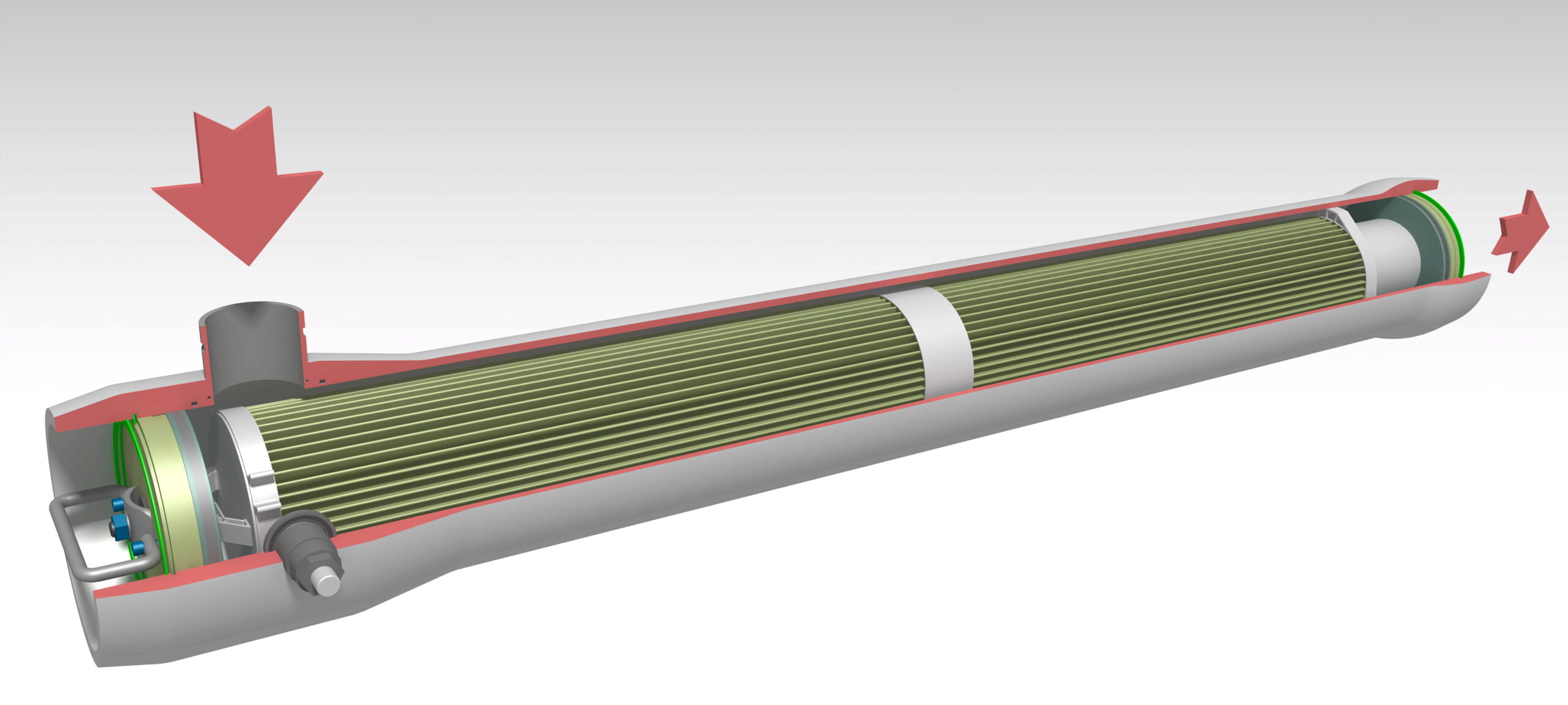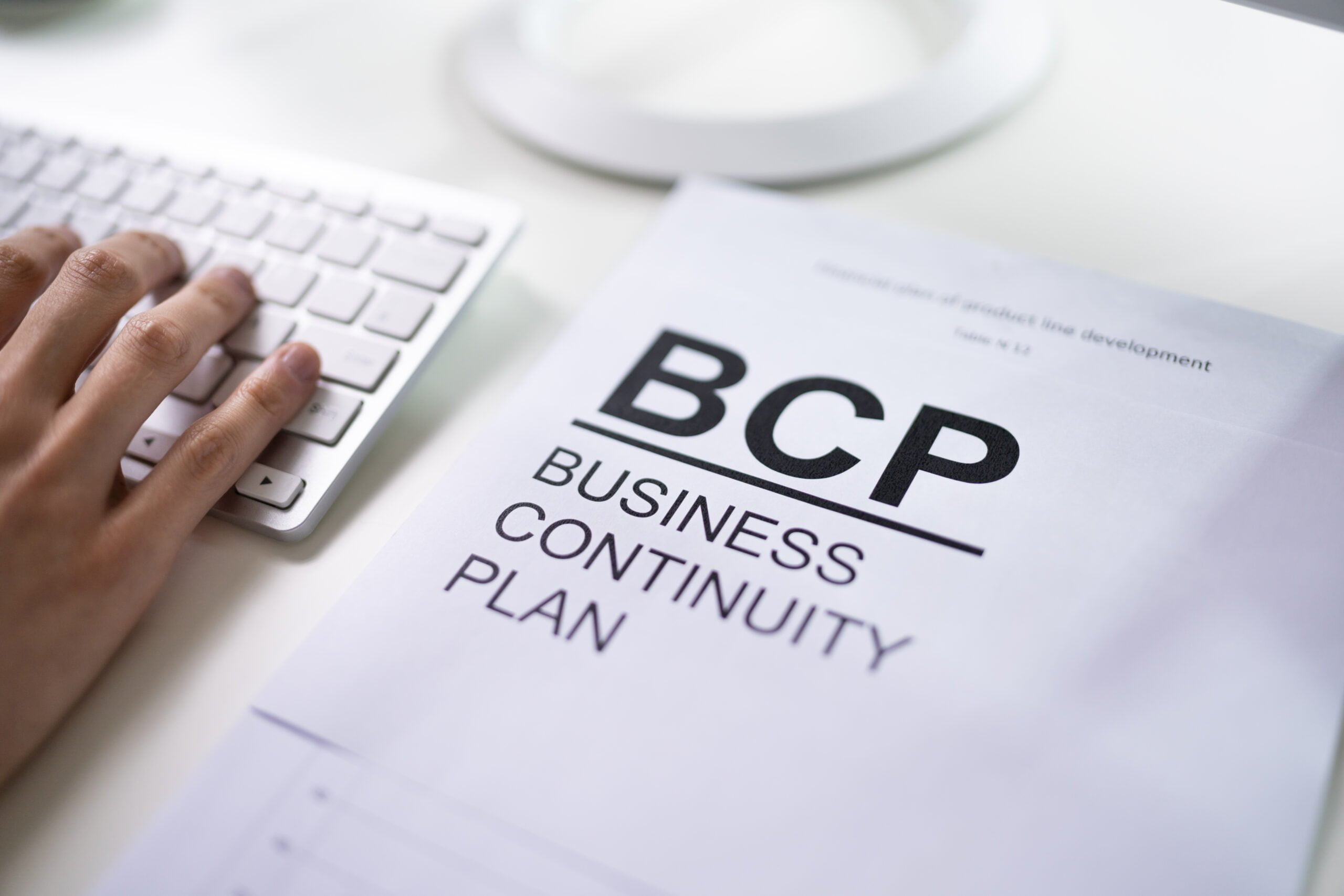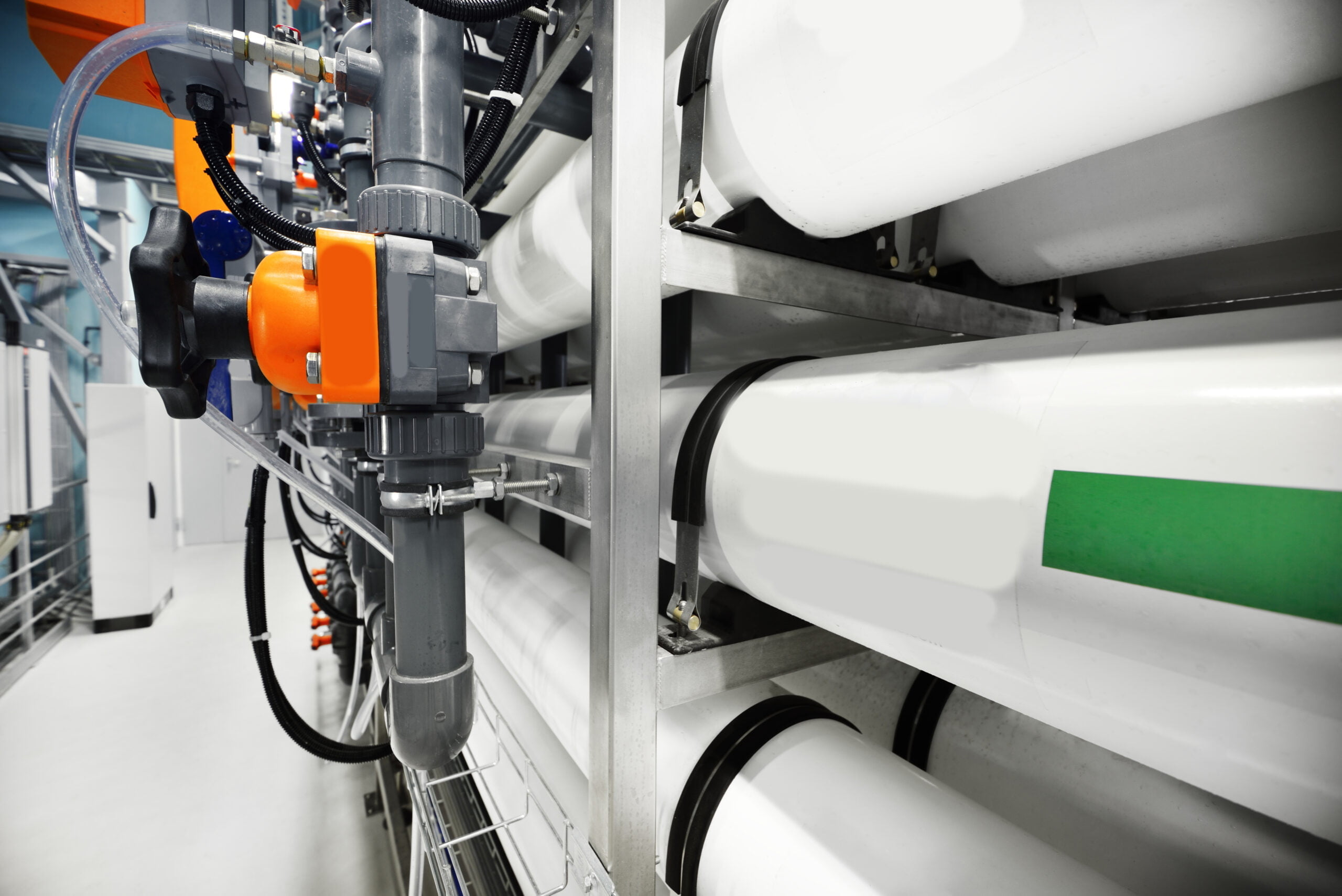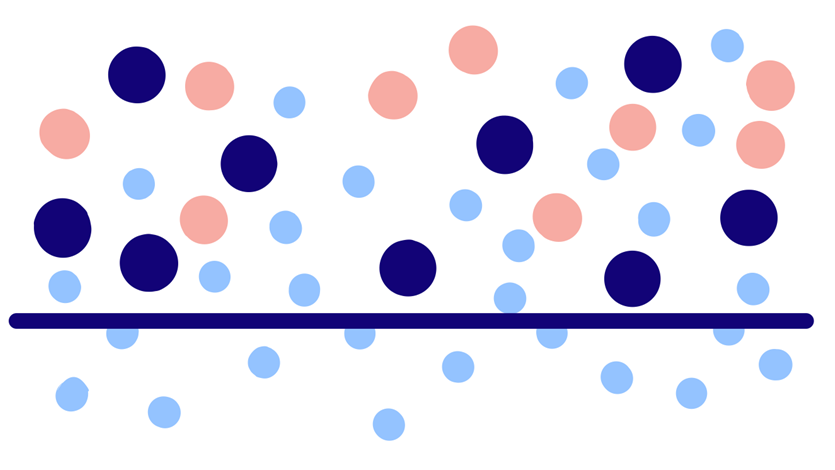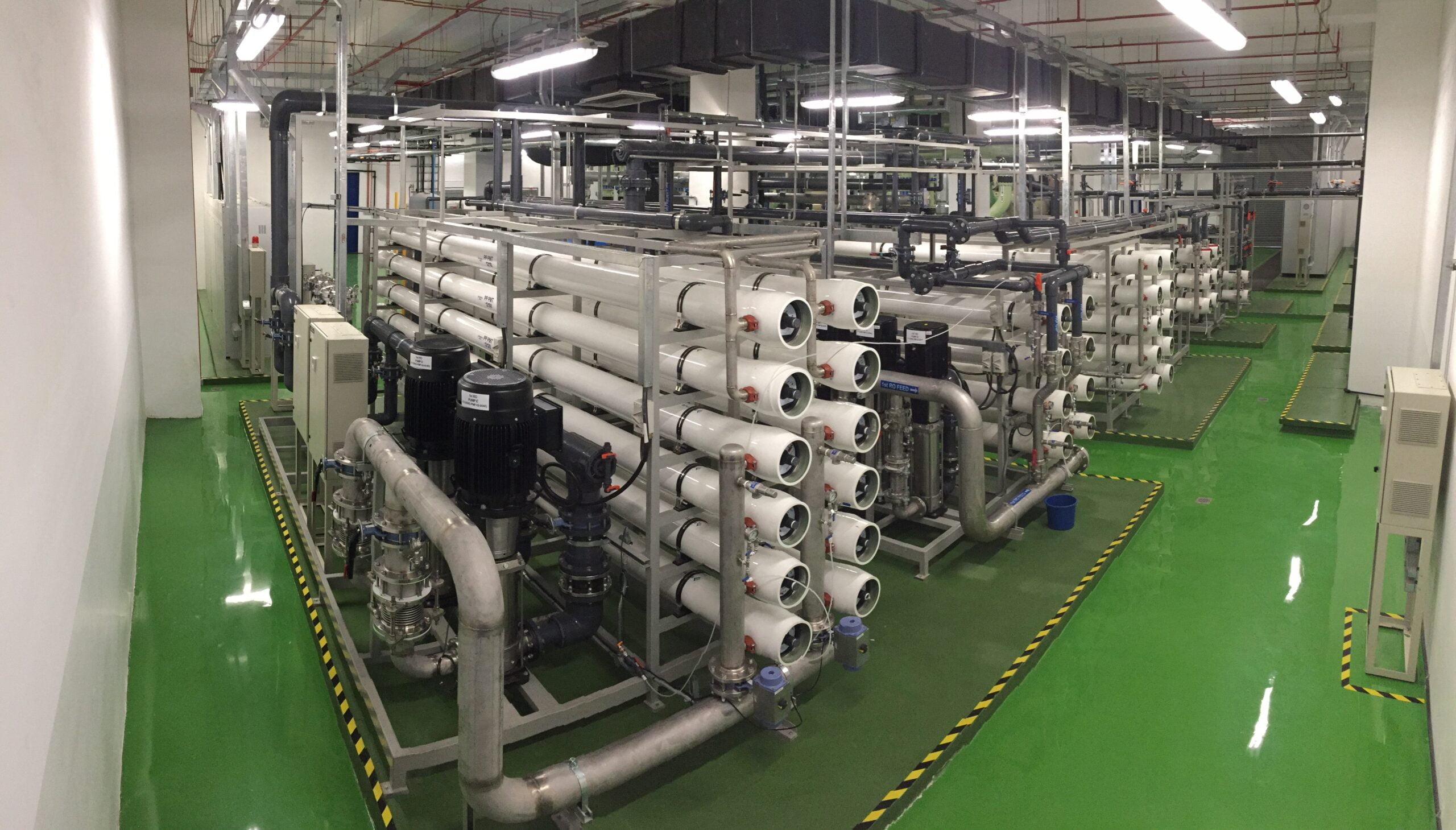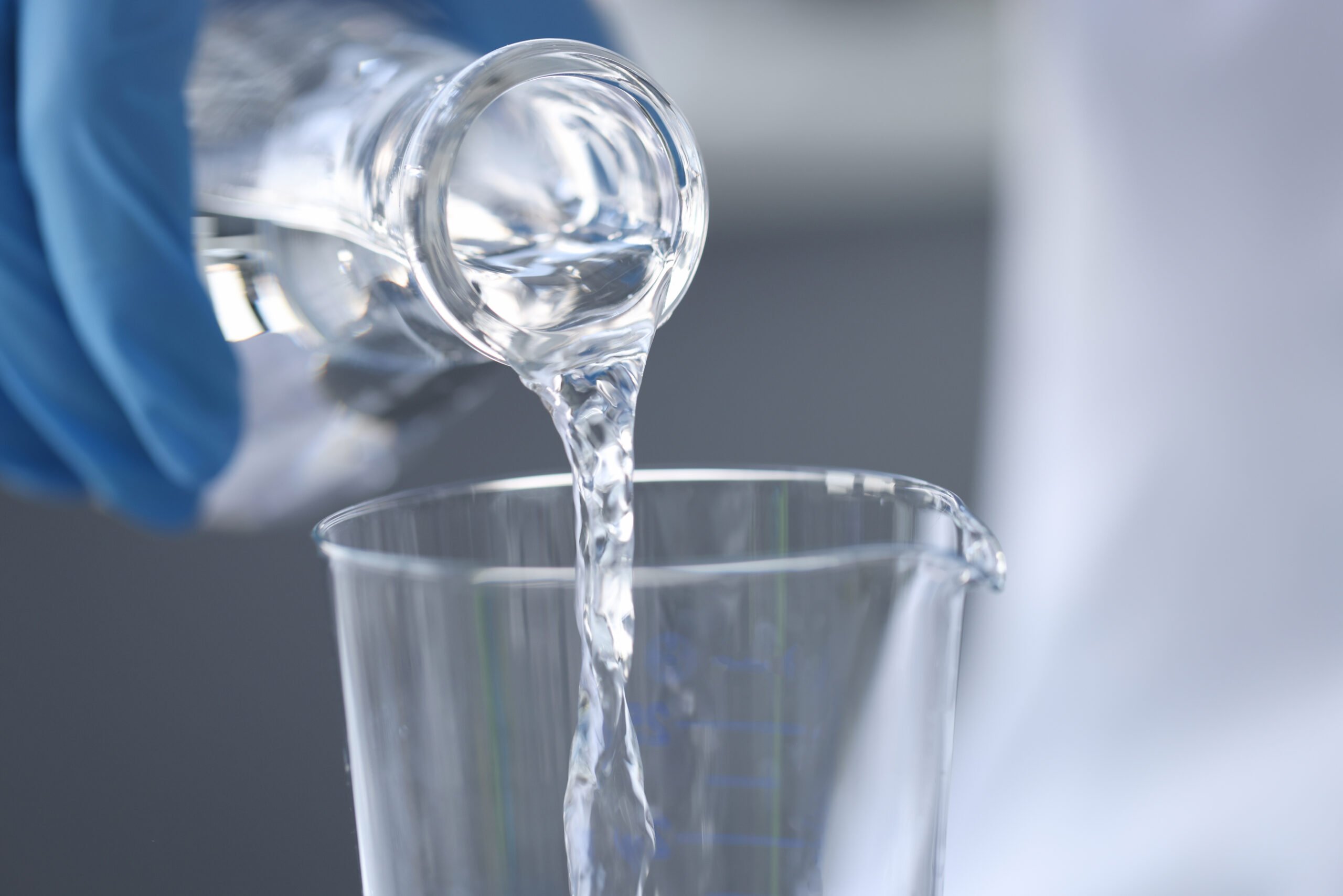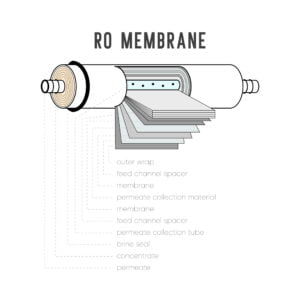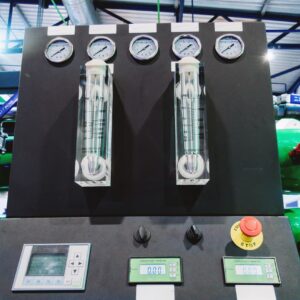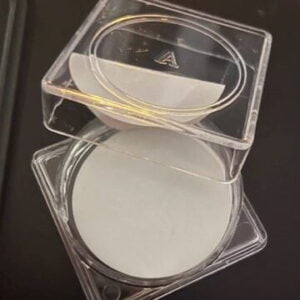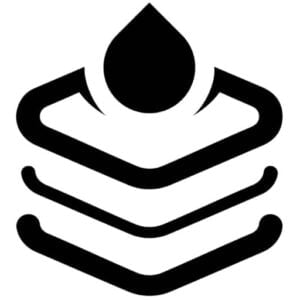Removing phosphate from wastewater is an important step in wastewater treatment to prevent water pollution and protect aquatic ecosystems. Here are some commonly used methods for phosphate removal: It’s important to note that the most suitable phosphate removal method depends on factors such as the initial concentration of phosphate, the desired level of removal, available…
Year: 2023
Reverse osmosis (RO) membranes are an essential part of water treatment systems, but they require regular cleaning to maintain optimal efficiency. Implementing a regular clean-in-place (CIP) regime can help maximize the lifespan and performance of RO membranes.
Water is essential to life, and for communities and businesses, it is vital to ensure uninterrupted water supply. ISO 22301 Business Continuity provides a framework to protect the water supply, even in times of crisis. This standard helps organizations to identify risks, prepare for emergencies, and respond effectively to ensure that water remains accessible to all. By implementing ISO 22301, businesses can maintain the continuity of their operations and contribute to the sustained well-being of their communities.
Nanofiltration is an advanced filtration technology that uses a membrane to remove particles at the nanoscale level. This technology has a wide range of applications and is used in industries such as water treatment, pharmaceuticals, and food and beverage production. Nanofiltration has several advantages over traditional filtration methods, including high selectivity and low energy consumption.
Reverse osmosis (RO) antiscalant dosage is a critical factor in preventing membrane fouling and maintaining system efficiency. However, determining the optimal dosage can be challenging. In this article, we analyze dosing ranges to optimize RO antiscalant dosage and improve system performance.
Ultrafiltration is a highly effective filtration technology that can remove particles as small as 0.01 microns from liquids. This advanced technology is widely used in industries such as food and beverage, pharmaceuticals, and biotechnology. Understanding ultrafiltration is essential for businesses that require high-quality, purified liquids for their operations.
Reverse osmosis (RO) is a widely used water purification process that involves the use of a semi-permeable membrane to remove impurities from water. However, during the operation of the RO system, the membrane can become fouled, leading to reduced performance and ultimately, system failure. To prevent this, chemical cleaning is commonly used to maintain the integrity of the RO membrane. In this article, we will discuss the principles of chemical cleaning and its importance in RO membrane maintenance.
With the increasing demand for high-quality water, enhancing feedwater quality has become a critical issue for industries. Optimizing pre-filtration, chlorine removal, and pH control are the key steps to ensure the purity and safety of water.
Reverse osmosis has revolutionized the water treatment industry, providing access to clean, safe drinking water where none existed before. This article traces the evolution of reverse osmosis technology and its impact on the world.
Water scarcity is a global issue affecting businesses, and with unpredictable weather patterns, shortages are becoming more common. This article provides tips and strategies for businesses to prepare and thrive even with less water. Conduct a water audit, invest in water-efficient systems, partner with other organizations, implement water conservation measures, and create a culture of water conservation. By taking action now, businesses can ensure their longevity towards a sustainable future. Dive in and Get Ahead of Water Scarcity!

